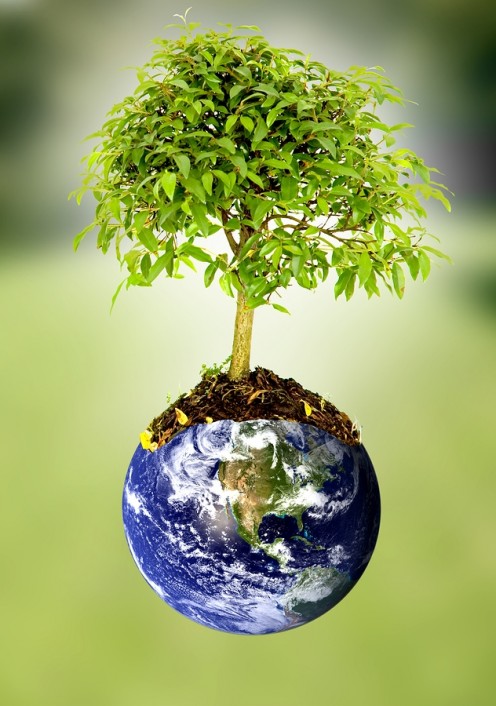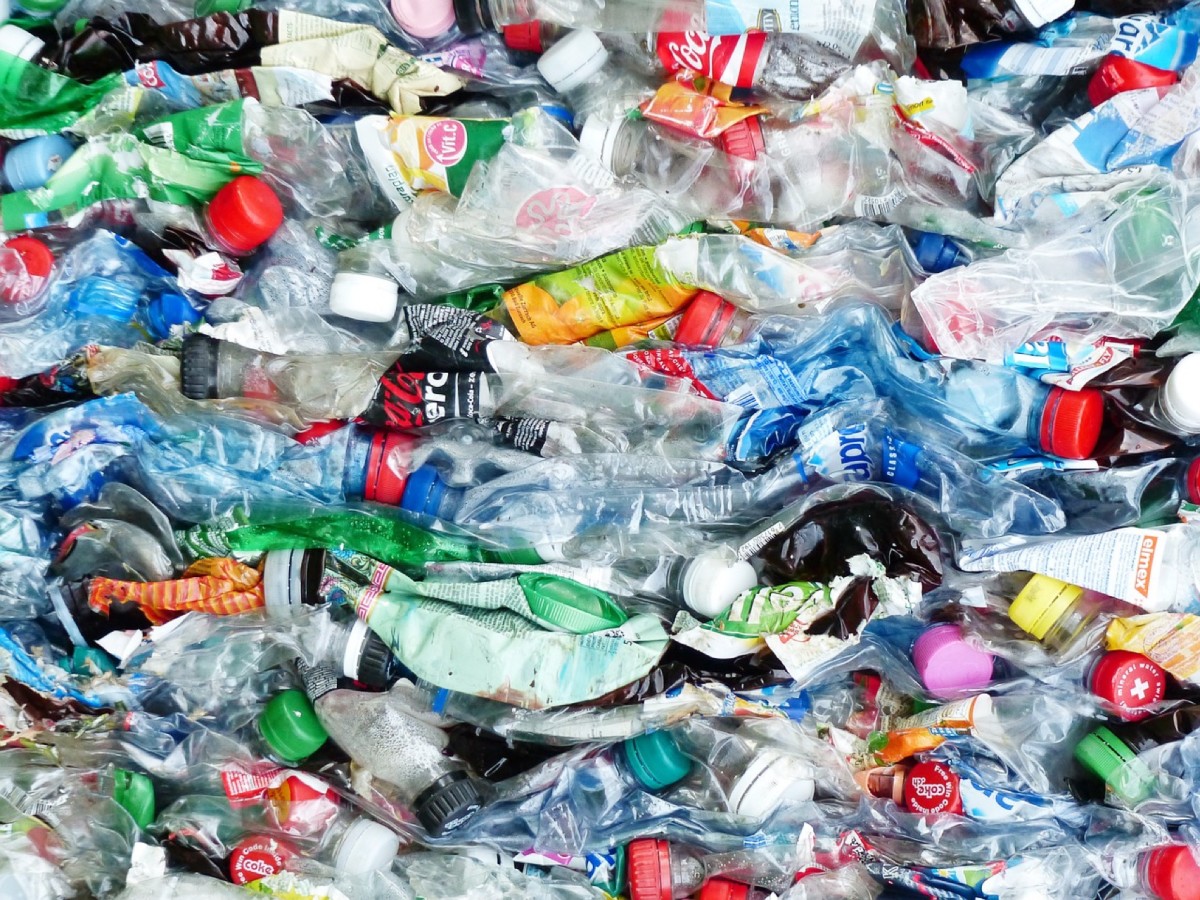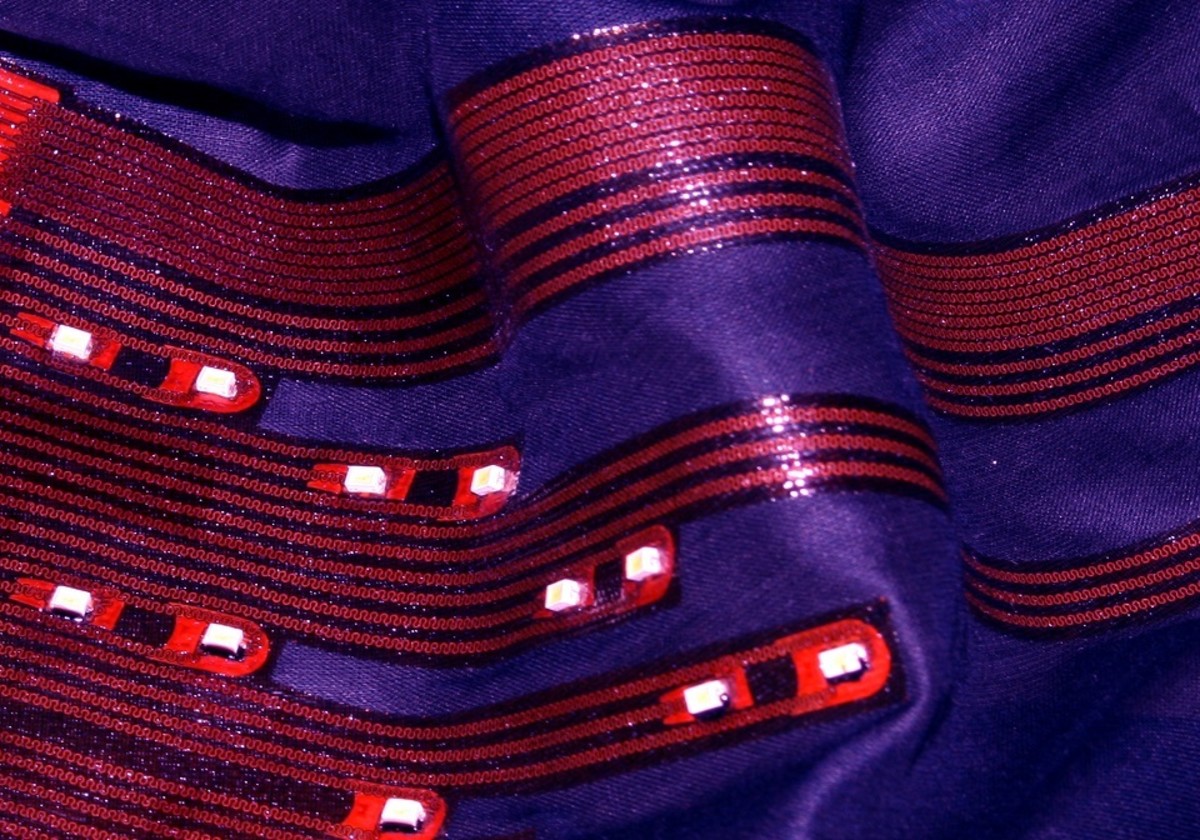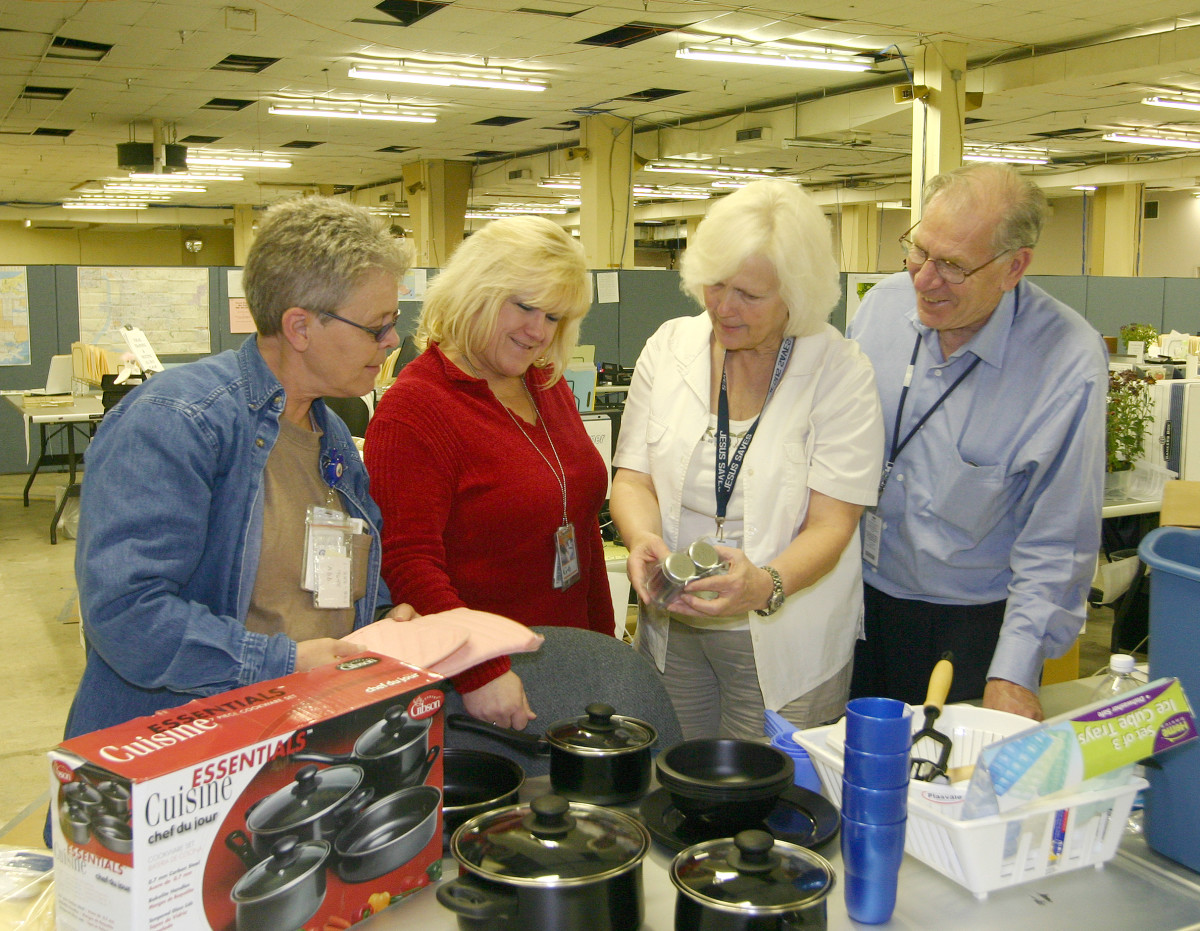Recycling Electronics and Becoming E-Green

We've poured our poisons into the world as though it were a bottomless pit.. and we go on gobbling them up. It's hard to imagine how the world could survive another century of this abuse, but nobody's really doing anything about it. It's a problem our children will have to solve, or their children.
Daniel Quinn
Why Should We Care About Being E-Green?
Electronics have become a vital part of our everyday life. From our cell phones, to laptops to Blue-Ray players and Nintendo DS - they are everywhere. Where do they go when they are no longer needed? Technology is advancing at lightening speed and our gadgets and computers rapidly become outdated and obsolete. Where does all of our electronic waste go when we upgrade to the latest and greatest computer or cell phone? Is it safely disposed of?
Take a wild guess on that last question.
The unfortunate truth is that electronic waste or e-waste is a huge problem for the environment. It is contaminating water supplies and contributing Co2 to our already polluted air. E-waste is all too often not properly disposed of and the United States is one of the largest polluters.
Where does it all go anyway?
Unlike plastics, which have ended up in the oceans harming wildlife at an alarming rate, e-waste has been shipped off to a continent far, far away…as if that makes it okay. US regulations are rather strict about e-waste, so we send our e-waste somewhere else, where we can simply dump it and forget about it.
Or can we?
What happens to our computers and other non-recyclable e-waste containing toxic chemicals? Well, it's mighty expensive to dispose of it properly and legally in the U.S., so most of it is shipped to the slums of Mumbai, India. Children can be spotted playing cricket on the landfills full of American e-waste.
But that's not all! Some of our e-waste gets sold to the area's poorest people in the slums of Dharavi. They turn this toxic garbage back into something to be resold - in the U.S. - like belts, wallets and sneakers with respectable labels such as Adidas and Reebok.
Toxicity levels are never looked at. They are exposed to the chemicals we sold them. Then we get it back!
Truly, what goes around comes around.
More Green Hubs
- The Garbage Museum
Want to walk through a giant compost pile? Stand beneath an enormous dinosaur made out of trash? View mounds of recyclables being dumped, sorted and sent off to be used somewhere else? No? Are you... - 18 Ways To Green Your School
Our kids spend a least 6 hours a day, 180 days a year, at school. Sending them off to a safe, chemical free school is as important as establishing a clean, toxin free home. Helping your local school with...
How Can We Decrease Electronic Pollution?
What can you do to help this situation? Learn to be e-green. Take each and every one of your electronics purchases seriously. Stop buying every new gadget that comes out and buy items that you know will last for years to come. When it is time to retire it, be sure you are disposing of it properly. Someone’s health is at risk. The planet is at risk.
Here are some tips for becoming e-green:
- Purchase your next electronic gadget or computer from the upper middle range-line so it will last at least 3 years before you will need to replace it with a newer model.
- Purchase an easily upgradeable computer so it won't need to be replaced as soon.
- Choose a laptop and save almost 90% of the energy used for a desktop.
- Choose a laptop because it uses much less materials to build than a desktop.
- Chose a laptop because when you decide to throw it away or recycle it, it represents much less waste than a desktop.
- Choose a laptop because it is fully portable and replaces the need for more than 1 computer, if your work or living habits require multiple work stations.
- Choose a computer made out of materials that are easily recycled (see the new MacBook with aluminum case and glass screen).
- For desktops (if you must) choose an LCD monitor. LCD monitors use up to 30% less energy than a cathode ray.
- Unplug your computer when not in use (it still saps up energy even when shut down).
- Turn off your computer at night to conserve energy. It may help it last longer!
- Buy recycled printer cartridges and recycle your used ones
- Turn off your screensaver! It wastes energy and it 'eats' your hardware resources!
- Plug all of your electronics into a single power strip and then unplug everything when they are not in use.
- Buy a printer that does duplexing. It allows you to print on both sides of the paper.
- If you work at an office, encourage your employer to take these measures as well!
- Reduce e-waste by learning to fix small problems that pop up, and do basic maintenance on your gadgets - take advantage of free online help!
- Take proper care of your gadgets batteries to make them last longer and save you money.
- Before ditching your cell phone for a new model, try getting it repaired at a local shop.
What More Can We Do?
There is so much more that can be done, that needs to be done. This is just the tip of the quickly melting iceberg. Read You Are Here by Tom Kostigen for the full scoop.
It's a very powerful message, that given the choice we as human beings will do the right thing for the planet, and for our brothers and sisters, and think about the actions that we do and how they're going to affect people on the other side of the world, and ourselves. -Kevin Bacon








